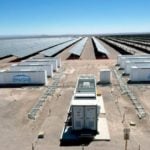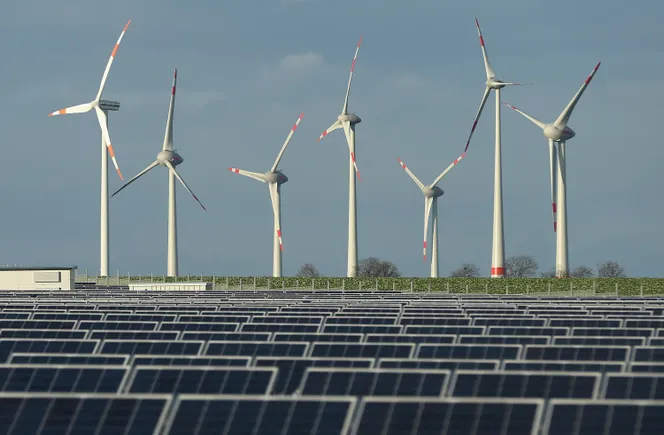Photocatalytic Reforming Raw Plastic in Seawater by Atomically‐Engineered GeS/ZnIn2S4
Advanced Energy Materials, Volume 15, Issue 19, May 20, 2025.

This research reports the preparation of a range of atomic-level engineered GeS nanosheets coupled with ZnIn2S4 for photocatalytic reforming raw polyethylene terephthalate (PET) into valuable chemicals using sunlight, seawater and air. A new concept of Oceanic Refinery (OR) is introduced for conversion of raw plastic waste to valuable chemicals utilizing renewable solar energy.
Abstract
The escalating crisis of oceanic plastic pollution demands innovative and effective strategies for resolution. Photocatalysis offers a sustainable, green, and energy-efficient approach for the upcycling of plastic waste into fuels and value-added chemicals. In this study, an atomically engineered GeS NS/ZnIn₂S₄ photocatalyst is employed to directly transform raw polyethylene terephthalate (PET), a ubiquitous plastic, into a variety of organic chemicals (13 917 µmol g⁻¹) using Earth's most abundant resources: sunlight, seawater, and air. Advanced ex situ and in situ characterization analyses reveal that sulfur vacancies (Vs) and electrolyte-assisted polarization effect of seawater play crucial roles in trapping photogenerated electrons and accelerating charge carrier separation, respectively. These effects significantly enhance photocatalytic plastic upcycling efficiency and improve oxidative organic reactions. This research introduces a methodology that accounts for real-world conditions in photocatalytic plastic upcycling, utilizing abundant natural resources and paving the way for further exploration in this area.


















































































































































